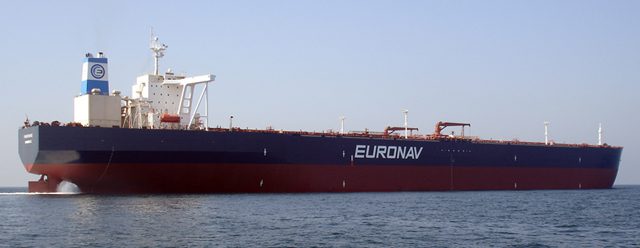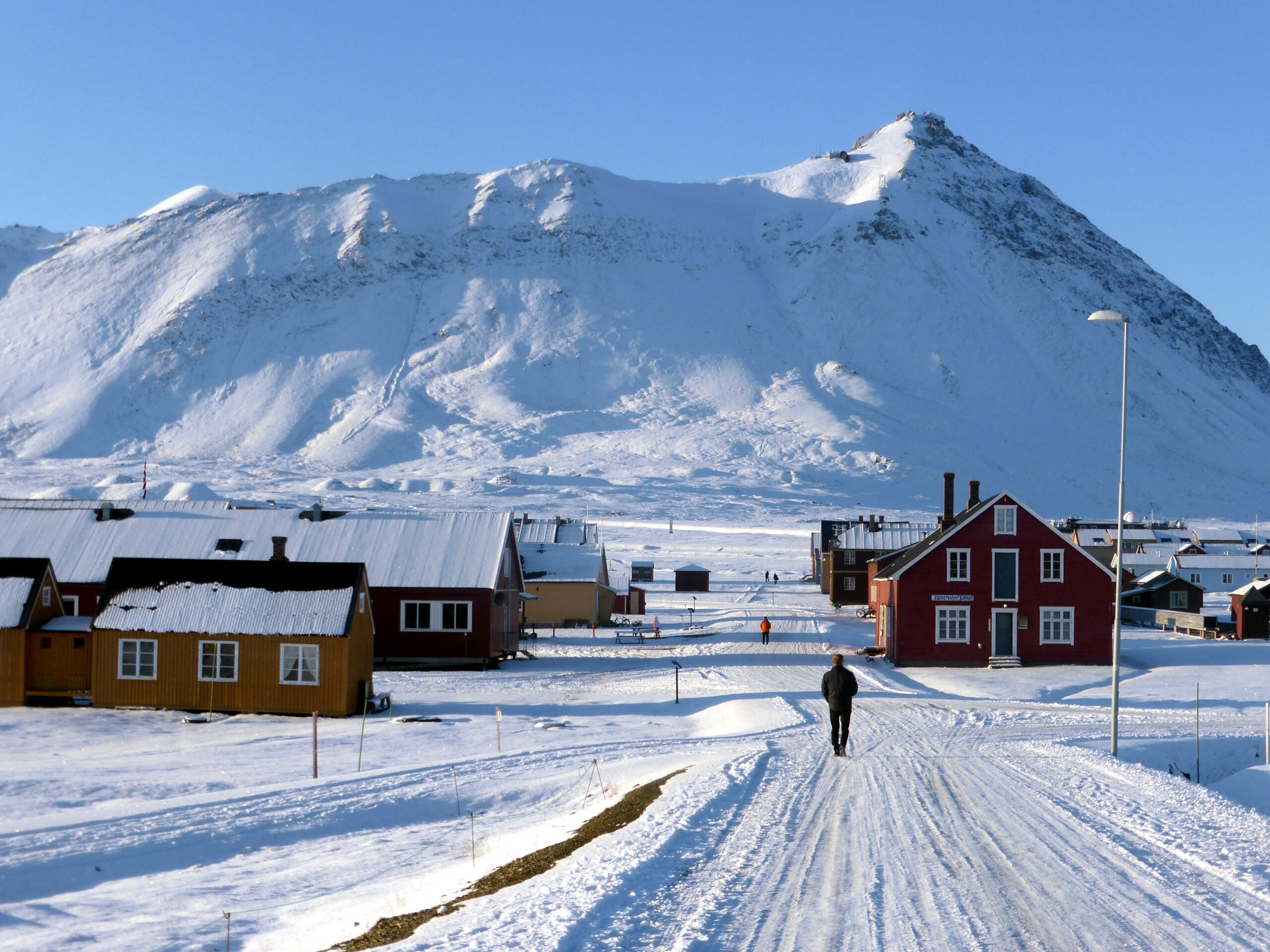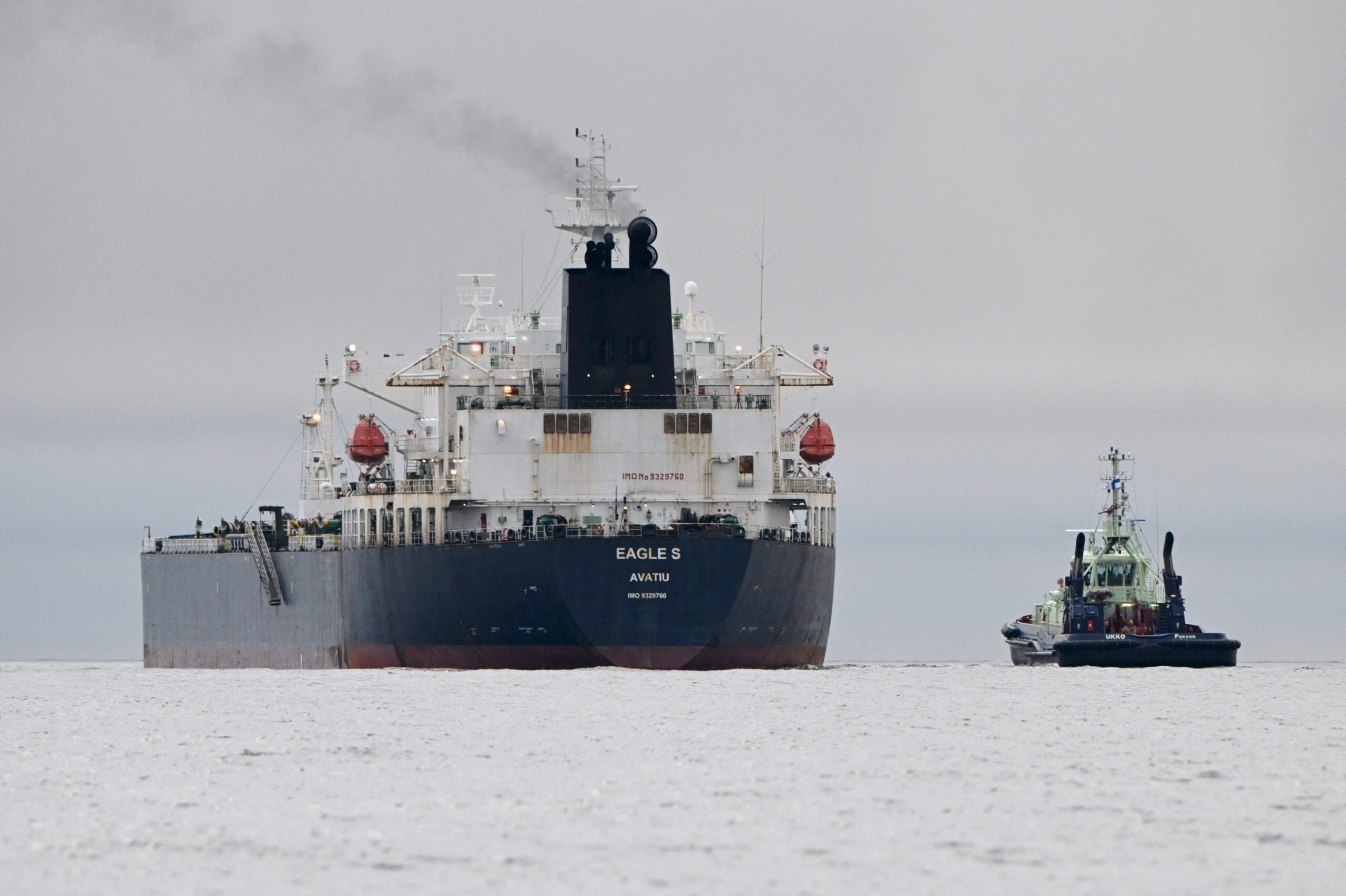Famenne, one of 13 VLCCs owned by Euronav, image: Euronav
Euronav, the Belgium-based owner of large crude carriers believes that so-called “eco-ships” do not exist in the large tanker sector and that building them does nothing more than exasperate the current issue of oversupply that plagues the large tanker sector. After experiencing a net loss of over $27 million in the 3rd quarter, Euronav is clearly approaching the task of cutting costs as a means of pure survival.
In their 3rd quarter earnings statement released today, Euronav notes that “most ‘eco gains’ can be replicated through retrofitting fuel saving devices which can be done to existing ships at a fraction of the cost of a newbuilding.”
Specifically, Euronav notes that “a ship with an electric heavy fuel heater can switch off its boiler when slow steaming or drifting and this can save 5-6 tonnes per day (US$3,000 to US$3,600) which is as much as the savings claimed for new ships (so-called Eco) over old ships in reduced sailing consumption. Yet, this retrofit costs no more than $30,000 and can be installed by the ship’s crew, a payback period of less than 10
days waiting time.”
Euronav acknowledges the fact that “sailing is the most significant activity for fuel consumption” and that “no measure will deliver a uniform improvement in all trades,” however.
When it comes to saving fuel while underway, analysis by Euronav has shown that operating the vessel efficiently “has been demonstrated to have a value on a continuous basis of up to 10% between good operators and average operators.” The best operators, they note, ensure the vessel trim is optimized during loading, the engineering plant is run in accordance with the design speed of the vessel, and the ship is navigated in such a way as to take advantage of advantageous current and weather whenever possible.
Many new shipyards are touting “optimized hull form design” with their new vessels, but Euronav points out that due to the high block coefficients inherent to large crude tankers, there is no way to significantly optimize the hull form without diminishing the freight carrying capacity, and thus earnings. Optimized propeller and rudder designs, as well as the use of a Mewis Duct, are obvious areas of improvement however, particularly considering slow steaming is widely being used.
Read: Propeller Technology to Make Your Ship More Efficient
Coatings are also a critically important factor as well. Euronav notes that fuel savings of up to 10 percent have been seen by freshly painted ships as compared to older ships. There are many different paint technologies available on the market these days, and the issue for owners is to decide whether or not the return on investment exists by drydocking a ship early to clean the hull and apply new paint.

 Join The Club
Join The Club











